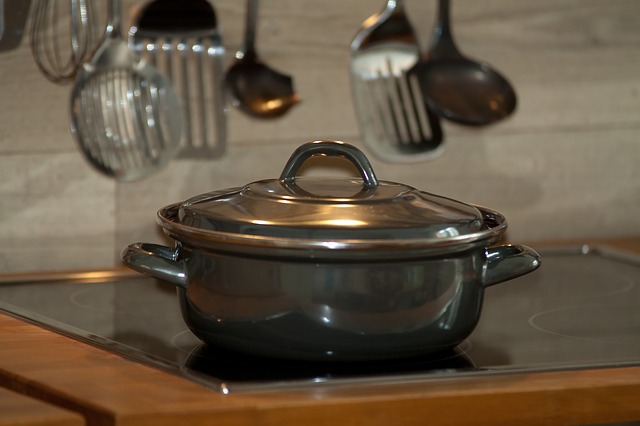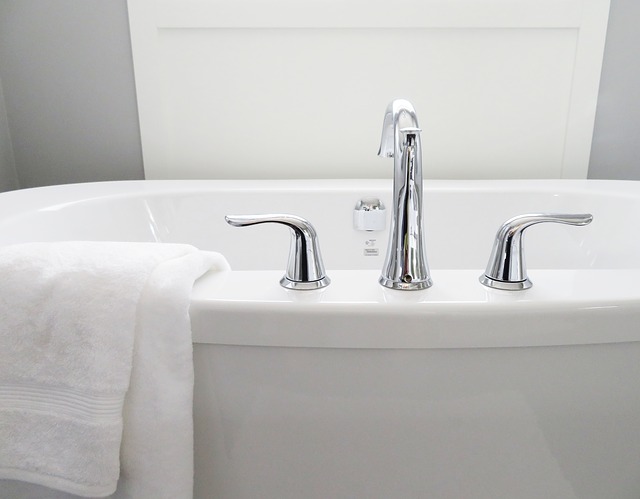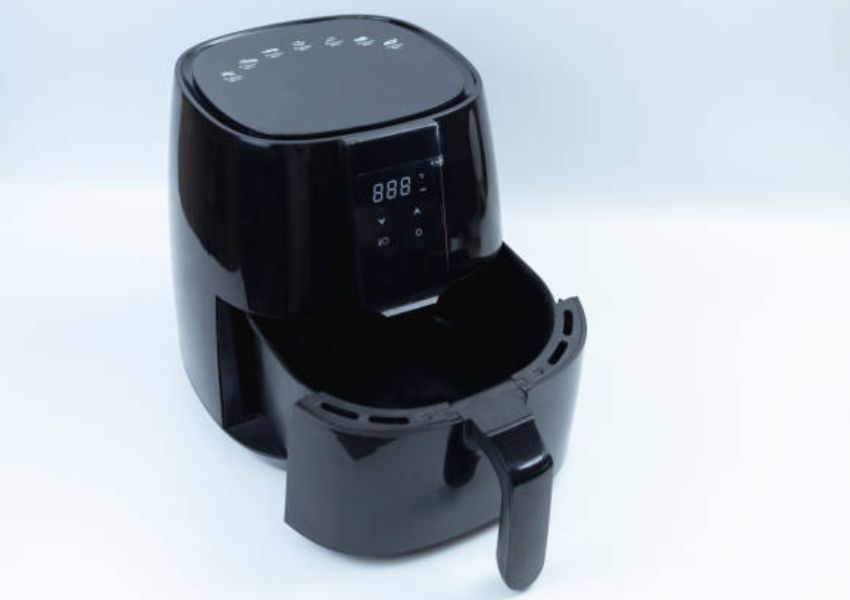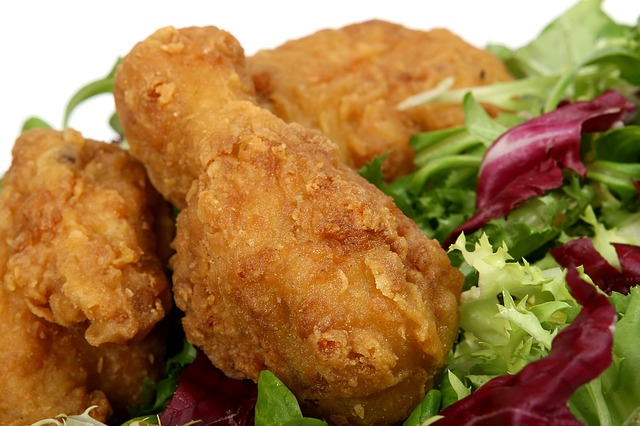Best Induction Cookware Consumer Reports 2023 (Buying Guide)

Cooking is a necessary evil. It’s something that we all have to do, but it’s not always fun. That’s why finding the best induction cookware can make your life a little easier. Not only does induction cookware heat up quickly and evenly, but it’s also easy to clean. So, if you’re looking for an appliance that will make cooking a breeze, then you should definitely consider investing in induction cookware. And if you’re not sure where to start, don’t worry – I’m here to help! In this post, I’ll tell you everything you need to know about induction cookware, including the different types available and the benefits they offer. I’ll also share some of my favorite picks so that you can begin cooking with induction as soon as possible!
Are you in the market for a new set of cookware? If so, you may be wondering which type is best – gas, electric or induction. In this blog post, we’ll take a look at best induction cookware consumer reports. We’ll also discuss some of the pros and cons of using induction cookware and give you our opinion on whether or not it’s worth the investment.
About The Induction Cookware
Induction cookware uses electromagnetic currents to heat your food. This is different from gas or electric stoves which use thermal energy created by using a metallic element that’s heated until it glows. Induction cooking saves more energy because the pots and pans are not heated directly, but rather through their magnetic base. The induction disk on your stove uses alternating current to generate a high frequency electromagnetic field around itself which in turn heats up the pot or pan placed on top of it. It actually only heats it up twice during each cycle, once when electricity is first turned on and again at about 90-100 degrees later.
The heating mechanism within an induction cooker is very precise due to its ability to vary both power and temperature depending upon how hot the cookware actually is. Its temperature accuracy can be generally achieved within a range of 1 degree Celsius and can even reach 100 degrees Celsius in some models.
The energy transfer to the pan is very efficient with induction cooking, but efficiency rates vary depending upon the power source used for generating that electromagnetic field around the stove itself. For example, when using AC (alternating current), an induction cooking range will only use about 3 to 5 percent of its total power to generate heat in a pot placed on top. If diesel generators are used instead, efficiencies range from 9 – 20%. When natural gas or hydrogen fuel cells are used as power sources, induction cooking ranges can achieve efficiencies in excess of 40%.
Even though many magnetic materials have been used to create induction cookers, ferrous metal is the best option as it heats up rapidly and uniformly. Stainless steel, a common material for pots and pans, will also work fine with an induction cooker should you choose to use them together. You can even purchase cast iron or aluminum cooking vessels that are specially designed to work best on induction stoves.
As technology advances, we continue to discover better ways to power our environment such as through renewable sources like solar energy and hydrogen fuel cells. As part of this movement towards greater efficiency, Induction cooking has grown in popularity because it requires less overall energy than other types of stovetops. It uses only the energy required by the pan itself; no additional heat goes into heating up the stove, which helps to reduce pollution and save on fossil fuels.
Induction cookers are also usually designed with safety features that make them uniquely suitable for families. For instance, most models will automatically shut off if a pan is removed (or falls off) before it cools down completely.
It’s very easy to monitor what you’re cooking or keeping warm because induction cooking stoves use simple digital touchpad controls rather than dials that rotate like those found on gas stoves do. This makes it less likely that you’ll accidentally change something while distracted by other things going on in the kitchen, such as talking with guests or family members or taking care of children or pets. Induction cook tops can be turned back on instantly, even if it’s been off for a long period of time.
Induction cooking is also considered much safer than other types because the stovetop itself does not get hot enough to cause a fire. The induction cook top surface remains cool to the touch at all times so it can’t burn any food or spillovers that might be accidentally bumped against it by anyone walking through the kitchen area. It also doesn’t need to use open flames, so there is no chance of ever getting burned from them either. In addition, many induction cooking stoves have child safety locks that prevent kids from turning it on or operating any controls themselves. If you have an apartment with gas-fired appliances and decide to opt for induction instead, don’t worry about taking down your existing gas stove or oven to make room for the new induction cooking model. Virtually all manufacturers now offer stylish countertop designs that can easily fit into any small space, freeing up more of your home’s limited floor area.
When compared with microwaves and other types of modern kitchen appliances like refrigerators, induction cookers are generally much easier to maintain too since they don’t come with many moving parts (or filters) that need regular attention. They also won’t expose kids or pets to potentially toxic gases, which is another advantage over traditional gas-fired stoves. The only exception in this case is if you purchase an induction cooker with a ceramic top instead of a metal surface because ceramics emit potentially harmful materials like arsenic and lead particles when they break.
Tips To Use Induction Cookware
Here are some tips on how you can use best induction cookware consumer reports in your own kitchen:
– Choosing Cookware
The first step when adopting this new style of cookery is choosing what types of cookware to use. For the non-stick cooking surface you will want a set that is metal and not coated in any type of plastic. Stainless steel, Iron and aluminum all work well with induction stovetops.
You also need pots which have a metal base or an iron core. If you already own this kind of cookware it should be safe for induction stovetops , but if you don’t then take care when purchasing new items to ensure they are compatible before buying them.
– Matching Your Cookware To The Induction Stove
While many modern stoves come with indicator lights to let you know when your pan is ready, there are still a few models that require trial and error on your end. Before using your induction cookware, you should try placing it on the stove then turning the heat to high.
If it begins heating right away, you know your best induction cookware consumer reports is compatible and ready for use. If your pan doesn’t begin heating after a few seconds, it may not be safe for this type of cooktop and is not an efficient choice. You can still use these pans on other stoves, but they won’t work with induction cooking.
To speed up cooking times even more, look for special features such as magnetic clasps which will help hold the lid in place while it’s hot and also trap heat inside the pot or pan.
– What Can And Cannot Be Cooked With Induction Stovetops?
Because you cannot use pans with plastic, you will want to avoid glass and ceramic stovetops . While induction cooking doesn’t create oil or water that can be spilled on your cooktop, you still need to take care when moving the pan into position. A magnetic clasp will help keep the lid of your pot in place while it is hot without actually touching the surface.
Because this type of cooking involves fast heating times, there are some foods which don’t work well with this method compared to standard stovetops. For example, if you use deep-fat frying or boiling methods then induction stovetops may not be ideal because these techniques work best when high heat is applied over an extended period of time.
Instead of boiling pasta on an induction burner, try cooking it in the microwave for a few minutes until it’s still slightly firm. After draining the water away, add your sauce and toppings then cook the pasta in the frying pan until everything is hot and bubbly. As you can see, induction cooking offers many benefits over other types of stoves!
Factors To Consider When Buying A Induction Cookware
Induction cooktops have become a popular trend in the kitchen. These are faster and more efficient than other stoves, but they do come with some drawbacks. The main concern is which induction cookware will be safe to use with these units. Following are factors you should consider when buying an induction stove or cooker top.
First, check the type of material used to make the pot or pan. It’s best if at least one side of your induction-ready pan is made of cast iron or another magnetic metal that will work on an induction stovetop like steel, nickel or copper alloys (check for this information in product descriptions). Heavier pans tend to absorb more energy and heat quickly which means they can get hotter faster too; hence they are a safer bet for induction cooking.
Some cheaper alloys or coatings used on aluminum or stainless steel pots and pans can only be used on slow-cooking electric elements, which have an average temperature of 300 to 350 degrees Fahrenheit. If you find pots and pans with these materials, look for a warning that they are not safe for induction use. Induction cooktops range from 200 – 500 degrees in some models so that type of pan would be too hot to use safely. Also, the coating may fad away over time if it’s being heated beyond its limits.
After you’ve read about the types of metal suitable for induction cooking, the next step is to consider what shape pot or pan will work best for you. Some induction burners can work with pots and pans of any shape or size so long as the metal conducts the heat well. Others provide a more limited temperature zone, so choosing cookware that falls in that zone may be helpful. An induction burner that has a circular heating zone will give you much better results than one with an oval zone because it’s easier to control the heat at the edges of your pan.
Lastly, look for other features such as handles and ergonomic designs when shopping for best induction cookware consumer reports – they make life much easier! When selecting pot and pan sets, choose models with multiple pieces in varying shapes and sizes; this way you’ll always have something suitable for whatever dish you’re creating in the moment.
FAQs About Best Induction Cookware Consumer Reports
What Is Induction Cooking?
It’s a way of cooking using electromagnetic energy. That means electricity in the form of alternating current flows through a coil, creating an electromagnetic field that then induces currents to flow in another metal object that’s placed in the field. This heats up what it’s placed on to cook food. The process also works for refrigerators, cold water taps and other devices meant to run on electric power. More than 80 percent of all commercial kitchens use induction stoves or ovens because they are more efficient than gas or conventional electric cookers in terms of energy consumption. Conventional stovetops use around 600-1400 watts when turned all the way up. Induction stoves, however, use around 500-1200 watts when turned all the way up.
What Makes An Induction Stove Or Oven A Better Cooking Option Than A Gas Stove?
A good chef knows that heat is critical to getting superb results in most recipes. Cooking on high heat speeds up the cooking process and is especially important for meats and other proteins. On a conventional stovetop, there is always some degree of “lost” energy because it moves via convection from the burner throughout the pan instead of directly heating up what’s being cooked. By contrast, with induction equipment, virtually 100 percent of the energy goes directly to heating up your pot or pan since only electric currents create magnetic fields; this means that induction stoves and ovens can achieve much higher heats than gas or conventional electric stovetops. They also cool down instantly when turned off, which means you can put a hot pot of food on one immediately after cooking is finished without worrying about extra heat ruining your dinner.
What Types Of Pans Can Be Used With An Induction Stove?
Good induction cookware has material that’s ferromagnetic, meaning it contains iron (stainless steel does not). The best option for most people is 3004 aluminum clad stainless steel, but there are other choices such as cast iron and magnetic 18/0 stainless steel. A reputable manufacturer of induction equipment will always specify the materials compatible with their machine; typically this information will be published on the product packaging.
How Does A Pan Become Compatible With Induction Cooking?
A reputable manufacturer will always specify what types of pans can be used on their equipment. Most quality manufacturers also offer a line of specially made best induction cookware consumer reports for use on their products. If you’re looking to outfit your home kitchen with this type of equipment, choose from those makers who stand behind their products as well as provide recommended material lists for each model they make. Also pay attention to whether or not a unit has an adjustable magnetic field that allows you to control how much it affects different kinds of cookware; some do, and some don’t. Again, look to established manufacturers who are forthcoming about what materials work best with their equipment.
How Quickly Do Induction Cooktops Heat Up A Pan?
Induction cooking is instantaneous; it heats the pot or pan on the stove directly and efficiently, not the air around it. This means that foods can be cooked at much higher temperatures than with other types of stoves (conventional or gas). Not only does this help speed up recipes, but it also makes for more efficient cooking, since less energy gets wasted heating up the kitchen while you’re waiting for your food to warm up. What’s more, because induction ranges are generally smaller than conventional ones, they tend to retain their heat better and waste less energy while not in use.
>>> See more: Induction cookware: How to know what works (Best induction cookware consumer reports)
Conclusion
We hope you’ve enjoyed reading our best induction cookware consumer reports and that this information has helped you make a more informed decision about which product to purchase. If not, Quara Ethiopian Restaurant encourage you to read through the pros and cons of each item one last time before making your final selection. Remember – there is no “best” option for every person since everyone has different needs! The best choice will depend on what features are most important to you or how much money you want to spend. Do any of these options sound like they might be right for your kitchen?
Read more:
Best Air Fryer Consumer Reports – 2023 Reviews and Top Picks




